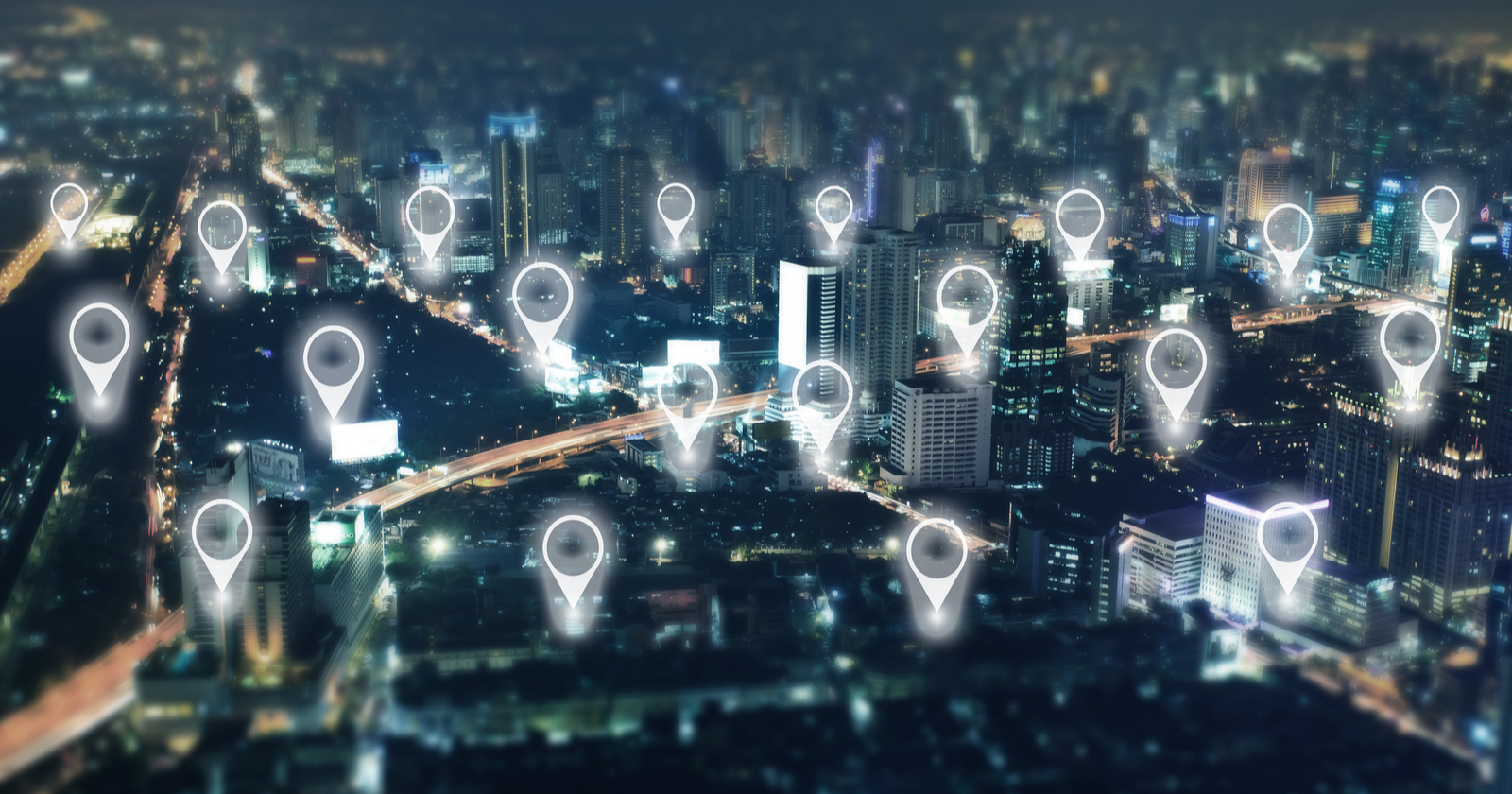Location Data and How It Can Impact Business
Location data and how it can impact businesses

It is becoming increasingly more important for marketers to understand consumer’s physical movements. This may seem like a far out concept, but here’s the idea. Companies and brands have been accessing user’s online ad viewing information and buying history for a while now, however consumer’s offline ad viewing information and buying history is largely accessed or studied via manual surveys, panel insights, and retail store inventories.
Essentially, location data has become a vital part of understanding consumer decisions and buying habits. It’s no wonder then that forms of location data have been integrated in to the predicted 27 billion devices now set to be online by the year 2021. This is mainly because analytic information and data has become such valuable currency in today’s world.
As online content becomes increasingly tailored to each individuals taste, so does online ad content. People only engage with ads that are suited to their preference. This basically means that for businesses to have a shot in today’s expansive market, location movement information needs to be utilized to its full potential.
Thus, it’s absolutely critical for marketers to understand location data analytics. Not only can this information grant brands or businesses an advantage over their competitors, but it would also help them deliver on consumer expectations creating a strong brand image in general.
Location data benefits in retail:
It goes without saying that being able to engage consumers digitally is incredibly valuable to any business, especially considering the state of the world during the current Covid-19 pandemic; however around 65% of the average person’s spending is done in store. Furthermore, around 49% of people prefer not to buy products online, as it robs them of the physical experience of getting their money’s worth. Not to mention it’s generally easier to trust in a product you’re buying when you can actually see, and feel it.
For brands and businesses to attain the required location data about the number of consumers interacting with their location, foot traffic from various locations like office buildings, residential areas, shopping malls etc, needs to be measured. By successfully extracting this information, brands can optimize the physical buying experience for consumers.
Location data for site selection:
Location Data is perhaps most useful when businesses are trying to understand demographics, and the locations they can best be reached via outdoor media advertising. For the most impactful results, data needs to be extrapolated on building and business categories, foot traffic, and benchmarking physical footfall against competitors.
The most common method used to collect this data is called internal mapping. With this method, data is often measured from locations of immense interest to the public like bars, restaurants, office spaces, cafes, stores etc. With the help of this information brands can better understand where and when to place their ads, so as to gain exposure from their target audience.
Location data for consumers on the move:
Location data is capable of informing brands and businesses of the frequency with which a consumer has been exposed to their ads, whether that be online or offline. In fact, location data is basically the best way for brands to keep in touch with an audience that is always on the move. If a consumer physically happens to visit the store of a particular brand, or visit the same brands online store, marketers can get an idea of the frequency of advertising exposure that drove the consumer to this action. By understanding this, they can then optimise campaigns in the future.
The implications of location data are incredibly interesting to brands and businesses both online and offline, as it’s widely being recognized as the link between consumers online and offline activity.




